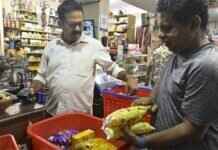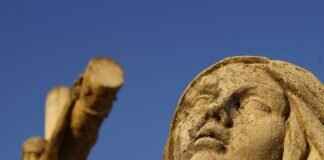The Delhi Assembly building, a 113-year-old colonial-era structure, is set to undergo a transformation that will bring its rich history and heritage to the forefront through the creation of a museum. This initiative aims to raise awareness about the building’s significance and secure its designation as a national heritage structure. Speaker Vijender Gupta has taken the lead in this endeavor, holding discussions with various departments, including the heritage cell of the Municipal Corporation of Delhi (MCD), to kickstart the conservation process.
Preserving a Piece of History
During a recent meeting, Speaker Vijender Gupta emphasized the urgent need to preserve the Delhi Assembly building, which served as the venue for the central legislative assembly’s sessions before Independence. Recognizing the immense heritage value of the structure, Gupta highlighted the importance of showcasing it on the tourist map. Discussions revolved around the possibility of establishing a museum that would document the building’s historical milestones and feature an exhibition hall to engage visitors.
An official involved in the discussions revealed that the proposed museum may include the historic gallows chamber, adding a unique element to the visitor experience. The building, located on Alipur Road, was completed in 1912 following the British government’s decision to move India’s capital from Kolkata to Delhi in 1911. As a significant architectural and historical landmark, the Delhi Assembly building holds a special place in the city’s narrative and is poised to become a cultural attraction for residents and tourists alike.
Charting a Path Forward
In order to realize the vision of transforming the Delhi Assembly building into a museum, Speaker Vijender Gupta plans to collaborate with key organizations and experts in the field of heritage conservation. Among the agencies expected to be involved in this project are the Indian National Trust for Art and Cultural Heritage, the Indira Gandhi National Centre for the Arts, the Archaeological Survey of India, and the Delhi archaeology department. By engaging with these stakeholders, the assembly aims to leverage their expertise and resources to ensure the successful preservation and promotion of the building.
Furthermore, Speaker Gupta has requested a meeting with Union culture and tourism minister Gajendra Singh Shekhawat to secure support for the museum initiative. By garnering backing from the central government, the assembly hopes to gain additional momentum and funding for the project. The potential establishment of a museum within the Delhi Assembly building represents a significant step towards celebrating the city’s history and architectural legacy, offering visitors a deeper understanding of its cultural heritage.
As plans take shape for the development of the museum at the Delhi Assembly building, stakeholders are optimistic about the positive impact it will have on the local community and tourism sector. By showcasing the building’s historical significance and creating an engaging visitor experience, the museum is poised to become a valuable addition to Delhi’s cultural landscape. Stay tuned for more updates on this exciting initiative that promises to bring the past to life in a modern and immersive setting.














